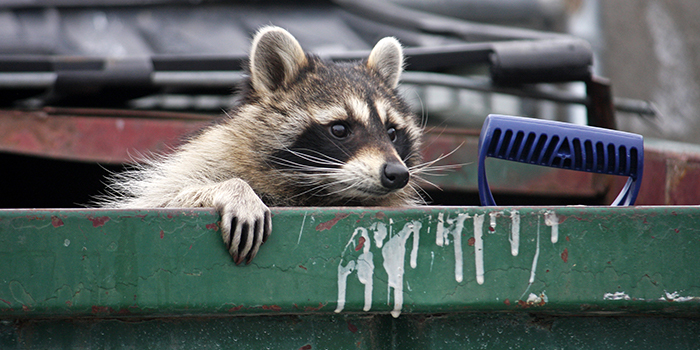As the weather warms, wildlife becomes more active, especially those giving birth during the spring. Homeowners may find themselves dealing with more pests during this time, but there’s plenty they can do to protect their property from unwanted guests. The proper steps can prevent wildlife removal spring appointments altogether.
Secure Your Garbage Cans
Animals on the hunt for food love garbage cans. Not only do the strong smells signal the presence of a free meal, but most bins are easy for dexterous wildlife to get into. If your area has rats, raccoons or bears, you should take extra care to keep trash and compost out of reach.
One of the first steps is to move bins away from the house. That way, if animals get into your trash, they won’t make a connection between your home and crucial resources.
Next, look for containers designed to keep wildlife out. They typically have latching lids that are difficult to remove without the know-how and opposable thumbs. You can also modify non-latching lids by adding accessories:
- Locks
- Bungee cords
- Utility clips
If you still have problems with critters getting into the trash, your local wildlife removal experts can help with tips on storage and building enclosures.
Eliminate Food Sources and Standing Water
Unfortunately, trash isn’t the only food source that attracts wild animals. If you have fruit- or nut-bearing trees, you’ll probably get mice, squirrels and ants when produce falls to the ground and rots.
The best approach is to harvest these trees as soon as possible. If you can’t do it yourself, you can hire a service or work with organizations that gather unwanted produce for charity.
You should also be on the lookout for standing water. Stagnant water breeds mosquitos, which attract animals that feed on these pests. Water is also an essential resource, especially if you live in a hot, dry climate. The following may be an oasis for rodents and birds:
- Decorative ponds
- Puddles
- Bird baths
A wildlife removal expert can help you identify other problematic sources. For example, many homeowners hang bird feeders without realizing that squirrels eat birdseed.
Take Care of Landscaping
Part of figuring out how to keep wildlife out of your yard is learning what landscaping serves as a safe habitat. Expecting wildlife are searching for secure spaces to build a nest and raise their young, and an untended lawn offers many places to settle down.
First, keep your grass short. Rodents use tall grass to hide from predators; grass kept around three inches doesn’t provide enough cover, forcing mice and rats to move along.
Second, trim trees and shrubs near your home. Many wildlife uses these plants as cover and bridges to access your home. You should also consider cutting ivy and other climbing plants, as they can serve the same purpose.
Certain kinds of mulch can also attract pests. If you need help identifying problematic landscaping, a wildlife removal professional can assist.
Get Rid of Debris
Yard debris offers shelter from the elements and predators, so wildlife will take full advantage of it. Felled trees and rotting stumps are prime real estate to mice and rats, but these critters don’t stick to natural habitats. Firewood piles are another popular nesting spot, as are the lumber and other construction materials. Even dilapidated sheds can become home to enterprising wildlife.
Hiring wildlife control Markham services, such as Skedaddle Humane Wildlife Control, is the best way to keep animals off your property. In addition to evaluating your yard, we can seal potential entry points to your home, preventing the need for removal services in the long run. To schedule your inspection, give us a call or submit an online request.



